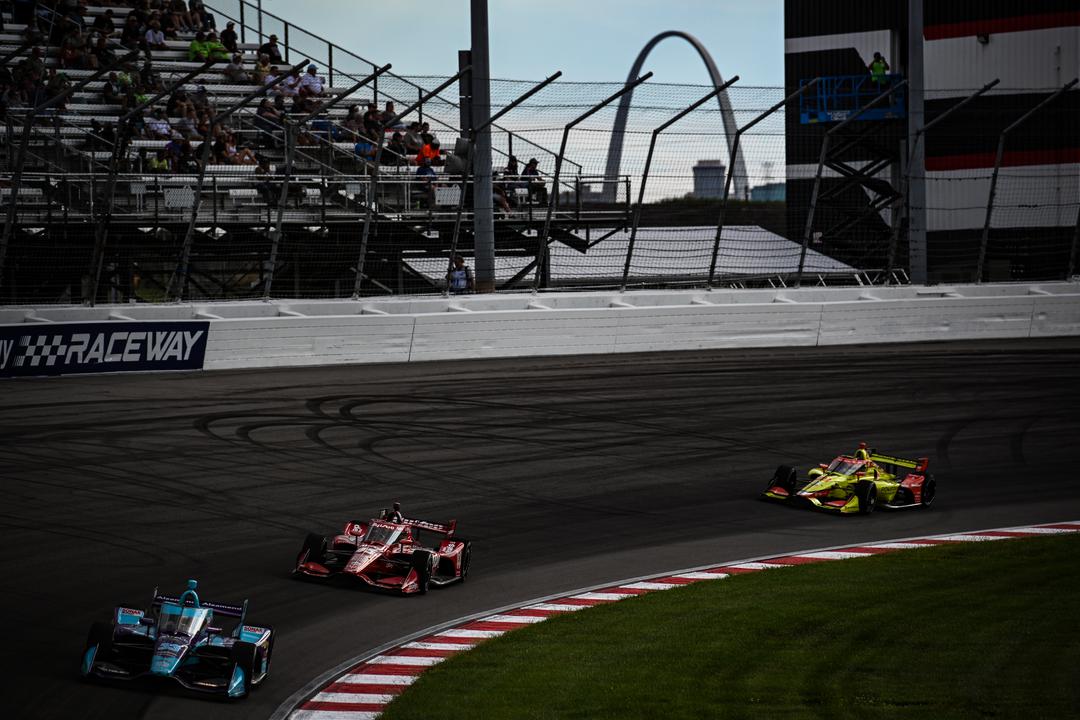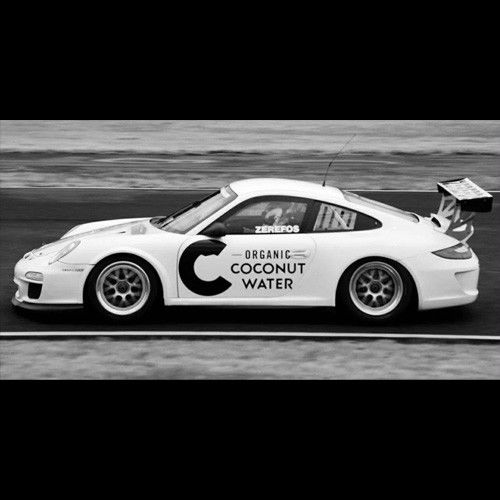

An IndyCar oval race is set to feature alternate compound tyres this year, for the first time ever.
Drivers will be forced to use both compounds during Race 15 of the season at the 1.25mi (2.01km) Gateway Motorsports Park, the final oval encounter of the year.
Alternate tyres were introduced in 2009 but, until then, will have only been used on road courses and street circuits.
Gateway will also feature a ‘second groove’ practice session, as will Texas Motor Speedway, the aim of which is to rubber in a higher line ahead of the race in order to encourage passing.
The extra practice was an experiment conducted at last year’s Texas race, and was credited by Josef Newgarden for giving him the ability to make his daring last-lap pass for victory on Scott McLaughlin.
It “will be available for all entries” this year, according to an IndyCar announcement, although that does not necessarily compel drivers to take part in the sessions.
Another new, tyre-related initiative which debuted in 2022 and will be back in 2023 is the literally and metaphorically green rubber which debuted in Nashville.
Those alternate tyres, which are made from sustainable rubber derived from the guayule shrub, will now be rolled out to all five street races (the others being St Petersburg, Long Beach, Detroit, and Toronto) in 2023, while a new renewable fuel will be used at all events.
On sporting regulations, IndyCar has made multiple changes in order to increase the effective time available in qualifying on road courses and street circuits.
The first red flag in each of Segment One or Segment Two of qualifying will now cause the clock to be stopped, although it will continue to count down during subsequent red flag periods.
Furthermore, the clock will only start counting down once the first car crossed the alternate start-finish line which is used for qualifying.
Unchanged is the stipulation that the Fast Six features a guaranteed six minutes of green flag time, a rule which led to a quirky situation at Long Beach last year when drivers were given an opportunity for one more green flag lap despite a red flag being called with two seconds to go.
As previously reported, double points have been abolished at the Indianapolis 500, while a host of new aerodynamic pieces have been introduced for The Brickyard, some of which are mandatory and others optional.
Some of those aerodynamic changes have been made for safety, as have the following initiatives:
- New mobile medical unit which will be available at each event
- Mandatory rain vanes to wick water from the aeroscreen in wet conditions
- New safety-inspired rear attenuator and stronger rear-wheel tethers
- New highly visible LED rain lights on the rear of the race cars
- New and higher headrest protection
- A new mandatory and more forgiving steering arm designed to take more punishment without breaking
IndyCar has also added the EM Motorsports Telemetry to the EM Marshalling System, a move which it says “will give all race teams the ability to quickly receive reliable information and react with split-second decision making.”
Practice for the opening event of the season starts this Friday afternoon (local time; Saturday morning AEDT) at St Petersburg.





















Discussion about this post